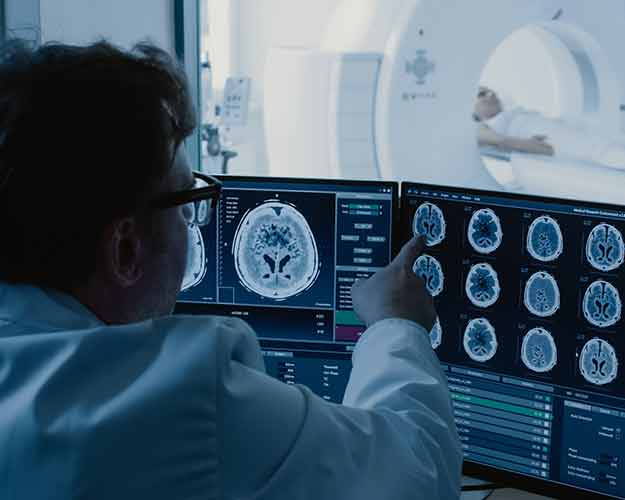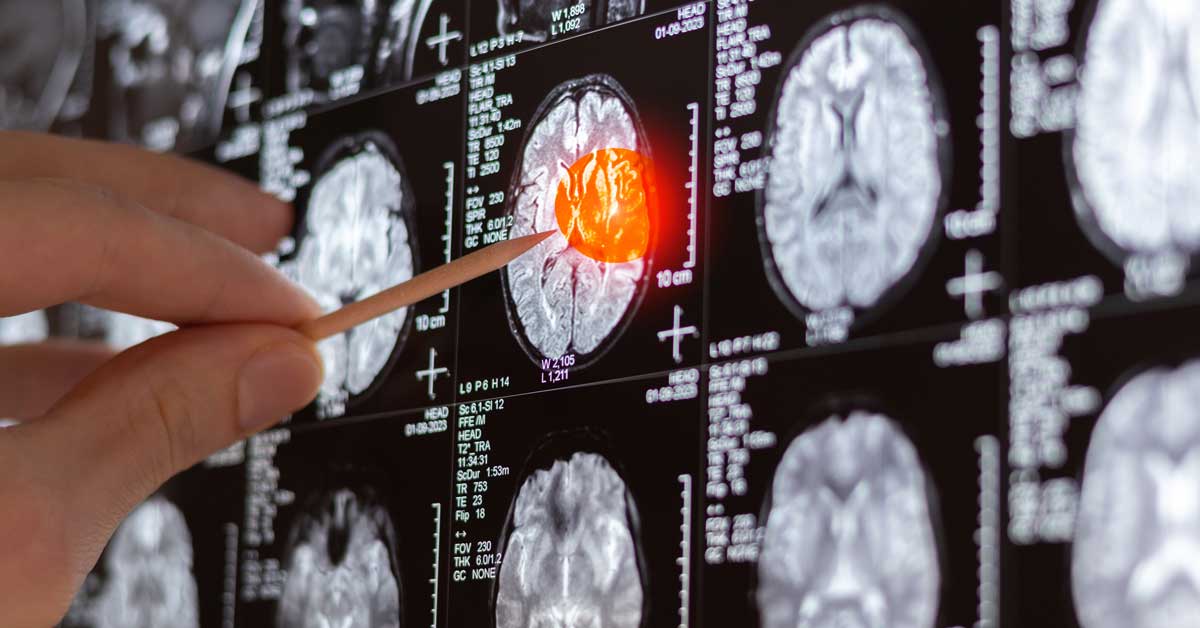Meningioma - Summary, Symptoms & Treatments
Contact Us
What is meningioma?
A meningioma is a type of tumor that arises from the meninges, the membranous layers surrounding the brain and spinal cord. Meningiomas are typically slow-growing and often benign (non-cancerous), though some can be malignant (cancerous) or atypical (showing more aggressive behavior).
Back to Top
Can you die from a benign meningioma?
While generally non-cancerous, a benign meningioma can pose serious health risks depending on its size, location and rate of growth. If a benign meningioma grows large enough, it can exert pressure on the brain or spinal cord, potentially leading to significant neurological symptoms and complications, such as headaches, vision problems, seizures and changes in behavior or cognitive function. In some cases, if the tumor is left untreated, it can lead to life-threatening situations due to increased intracranial pressure or brain herniation.
Is meningioma cancer?
Most meningiomas are benign (non-cancerous), meaning they grow slowly and are less likely to spread to other parts of the body. However, some meningiomas can be atypical or malignant (cancerous), which means they may grow more aggressively and have a higher potential to recur after treatment.
Back to Top
Is a calcified meningioma dangerous?
A calcified meningioma is a type of brain tumor that originates in the meninges, the layers of tissue covering the brain and spinal cord. Calcification refers to the accumulation of calcium salts within the tumor, which can make it appear denser on imaging studies such as CT scans or MRIs.
Most meningiomas, including calcified ones, are benign (non-cancerous) and slow-growing. They often do not cause symptoms and may be found incidentally during imaging studies for other reasons. Some meningiomas can grow over time. Their location and size can sometimes compress adjacent brain structures and cause symptoms such as headaches, seizures, vision problems or neurological deficits. A small percentage of meningiomas can be atypical or malignant, which means they grow more aggressively and may require more intensive treatment.
What causes a meningioma?
While the exact cause of meningiomas is not fully understood, several factors are thought to contribute to their development:
- Genetic mutations in specific genes, such as the neurofibromatosis type 2 (NF2) gene, have been linked to the development of meningiomas. These mutations can lead to uncontrolled cell growth.
- Women are more likely to develop meningiomas than men. There is evidence that hormones, particularly female hormones like estrogen and progesterone, might play a role in the development of meningiomas. This is suggested by the higher prevalence of meningiomas in women and the tendency for these tumors to grow during pregnancy.
- Previous exposure to ionizing radiation, particularly to the head, is a known risk factor for developing meningiomas. This exposure can occur during radiation therapy for other conditions.
- The risk of developing meningiomas increases with age. They are more common in older adults.
- A family history of meningiomas or certain genetic syndromes, like neurofibromatosis type 2, can increase the risk.
While less clear, some environmental factors and lifestyle choices might contribute to the risk of developing meningiomas.
Are meningiomas hereditary?
Meningiomas are not typically considered hereditary, but some genetic factors and conditions can increase the risk of developing them. Most meningiomas occur sporadically, meaning they arise by chance and are not passed down from parents to children.
Back to Top









